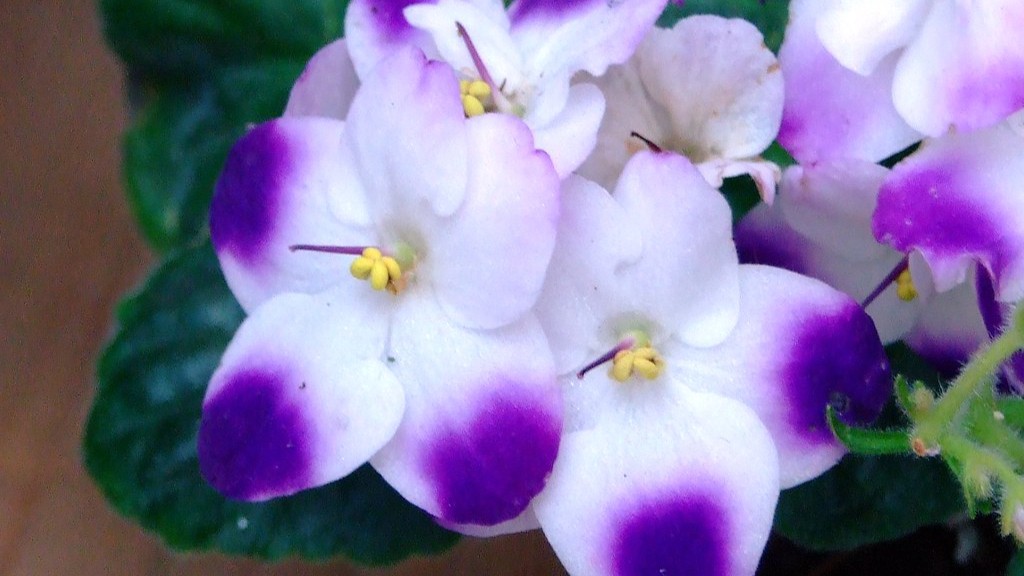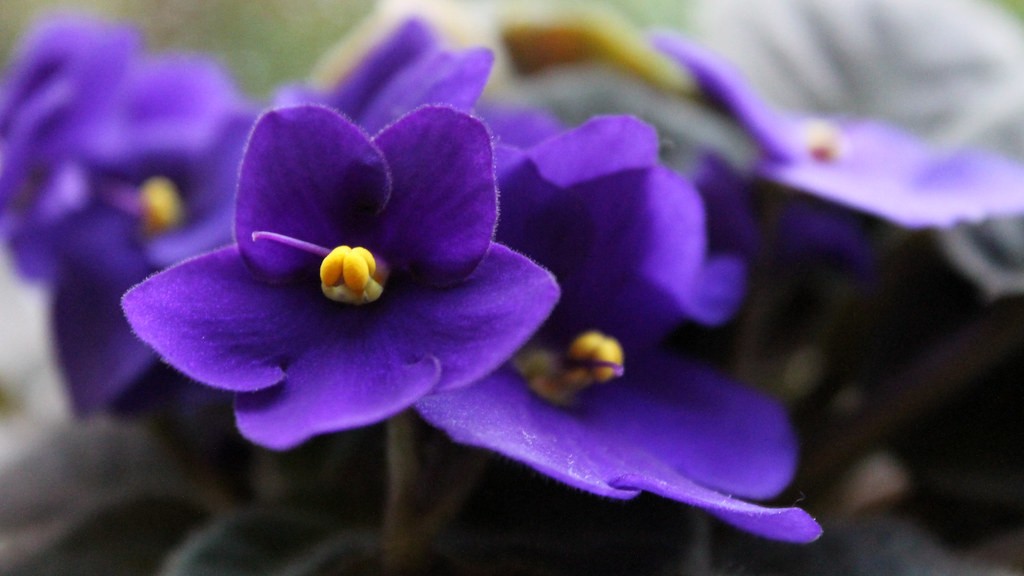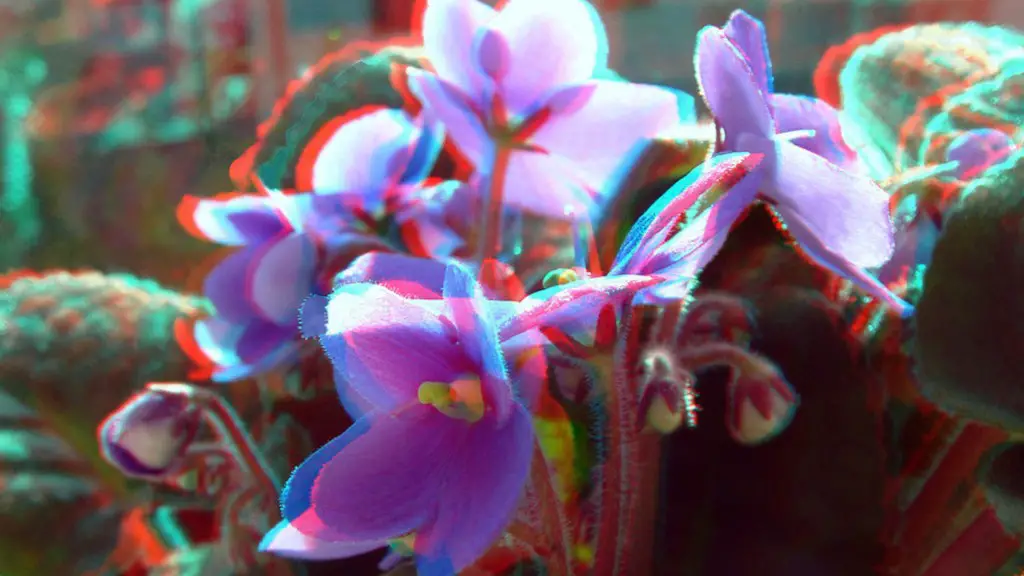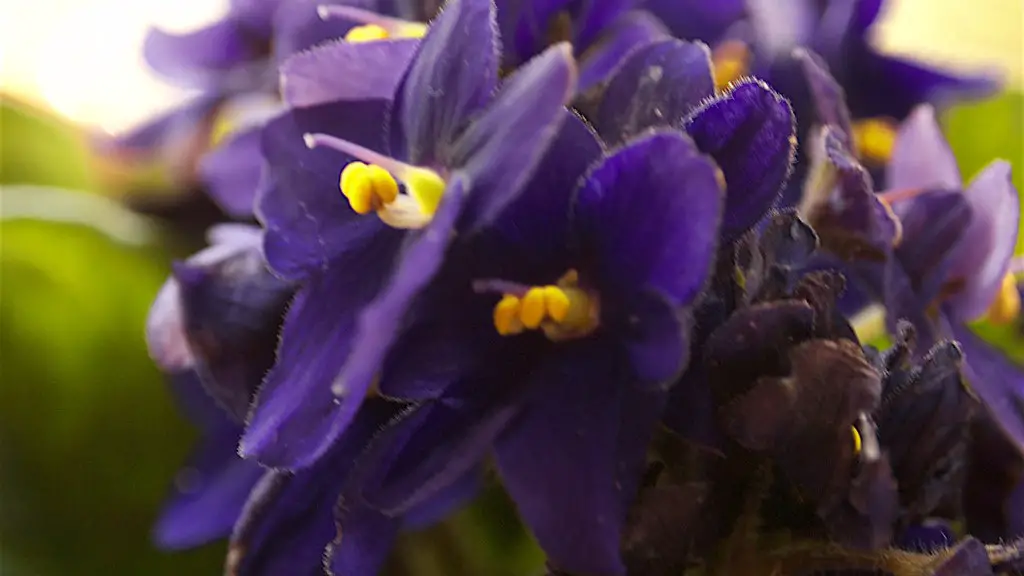African violets are lovely little plants that are very popular houseplants. They are members of the genus Saintpaulia, which contains about 20 species, all native to Africa. Most Saintpaulia species are perennial plants, meaning they live for more than two years.
African violets are tropical plants that are grown as houseplants in temperate climates. They are usually grown as annuals, but in warm climates, they can be grown as perennials.
Do African violets come back every year?
African violets are very beautiful flowers that can bloom nearly year-round if you are able to provide the correct conditions. Each bloom lasts for about 2-3 weeks, and if you deadhead the spent blooms, your plant will continue to produce new flowers.
African violets are not typically able to survive outdoors. Although they are fairly hardy plants, the conditions need to be just right in order for them to thrive. Since African violets come from the rainforests of Tanzania, it is unlikely that the conditions in your backyard will be ideal.
Do African violets go dormant in the winter
African violets are a type of plant that does not have a natural dormancy period. This means that, as long as they have sufficient warmth and light, they will continue to grow and bloom throughout the year. If you are looking for a plant that will add color and life to your home all year round, African violets are a great option!
African violets are beautiful flowers that can brighten up any room. However, it is important to remember that they have a very long lifespan and need to be repotted every few years. This will ensure that they stay healthy and bloom for many years to come.
How do you keep African violets alive in the winter?
To take care of an African Violet in winter, provide decent warmth and humidity. Keep the plant away from drafty windows or outside doors, maintaining temperatures between 60 and 85 degrees. Avoid fertilizing too much, and keep the air moist by clustering your plants or using a humidifier.
If your African violet isn’t blooming, it’s likely because it’s not getting enough light. African violets need indirect sunlight, direct sunlight can burn the leaves. Choose a north- or east- facing window for best results. Keep plants away from cold glass and rotate the pot once a week so all leaves receive light.
Do African violets like bigger pots?
If you are looking to pot an African violet, it is best to choose a pot that is on the smaller side. African violets do best when they are slightly pot-bound, so a smaller pot will help to encourage growth. Keep in mind that if you have a standard African violet plant, your starter pot should be about 3-4 inches in diameter.
African Violets are delicate flowers that need to be kept at a consistent temperature in order to thrive. The ideal temperature for African Violets is 70 degrees Fahrenheit, though they can tolerate slightly higher or lower temperatures. However, prolonged exposure to cold drafts or temperatures below 60 degrees Fahrenheit can damage the flowers. To protect your African Violets from the cold, keep them away from windows and insulated from drafts.
Where do African violets go in the winter
African violets need bright, indirect light to bloom well. A south-facing window is ideal in the winter, while east- and west-facing windows will work if you make sure the plants don’t get too warm in the sun. A north-facing window will provide enough light to bloom most of the year. Keep plants close to the window for maximum light.
African violets and rex begonias both multiply readily from leaf cuttings. Use whole or even parts of leaves to propagate either of these plants. Because a detached begonia or African violet leaf wilts quickly, always have your pot of soil ready before you take the cutting.
Where is the best place to put an African violet?
One of the best places to grow plants indoors is in bright, indirect light. A plant stand three feet away from a west- or south-facing window is an ideal location. Plants will still grow when situated right beside north- or east-facing windows, but leaves will be thin and spindly, and plants less likely to bloom.
If you want your African Violet to continue blooming, be sure to pinch or deadhead spent blooms. This allows the plant to continue to put energy into creating more buds/blooms and beautiful foliage.
Can you touch African violet leaves
When it comes to African violets, it is best to just look and not touch. Brushing the leaves can actually decrease the plant’s quality and size. So if you want to keep your plant healthy, just keep your hands off.
Water your African violet carefully to avoid leaf spots and crown rot. Use room-temperature water and avoid misting the foliage.
Do African violets need sun or shade?
To ensure your African violets get the bright light they need to bloom, place them near a south- or west-facing window. However, take care to avoid hot, direct sun, as their leaves are easily scorched by intense light. Violets bloom best at temperatures from 65 to 75 degrees.
African violets are a symbol of devotion, commitment, and faithfulness. They represent the best qualities of Africa and its people. African violets are a beautiful flower that brings joy to those who see them.
Warp Up
African violets are not perennials.
While there are some varieties of African violets that are technically annuals, most varieties are considered perennials. African violets are relatively easy to care for and make excellent houseplants. With proper care, they will bloom continuously for many years.





